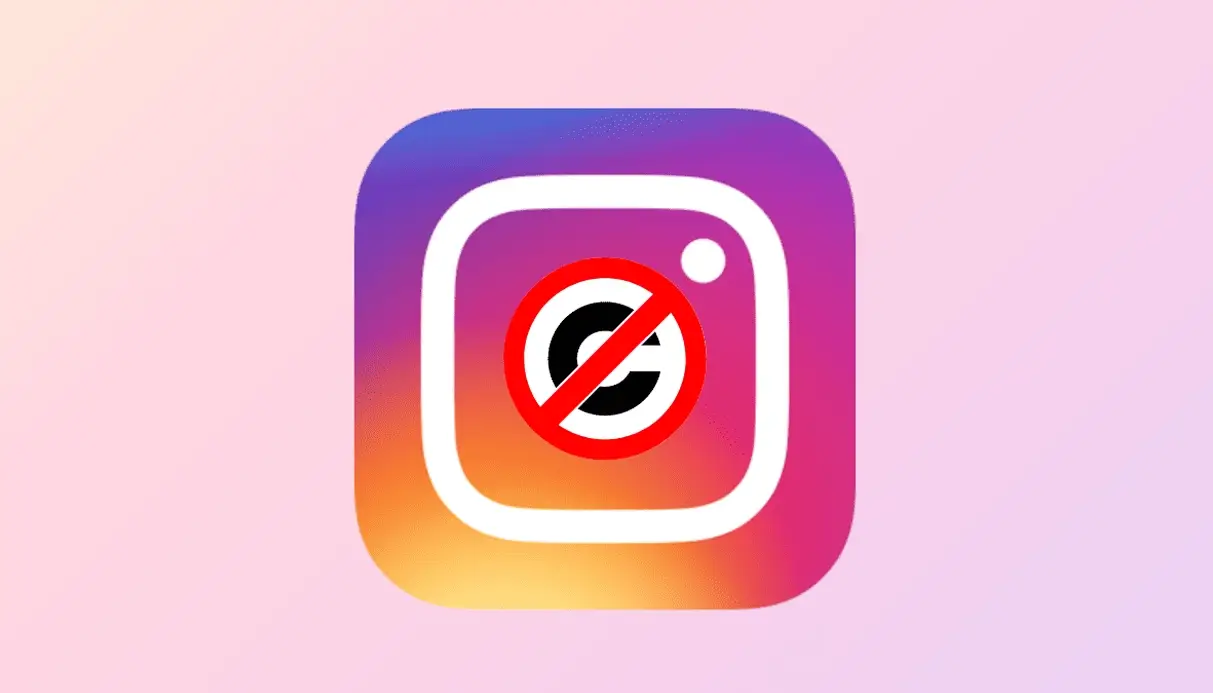.webp)

Instagram is one of the most popular social media platforms in the world, where millions of users share photos and videos daily. However, with that popularity comes a strict enforcement of copyright laws. Many users—especially content creators and business pages—have found their posts removed or accounts restricted due to alleged copyright violations.
This guide walks you through the most effective methods to fix copyright issues on Instagram, prevent future problems, and use the platform safely and legally.
What Is Copyright on Instagram?
Copyright is a legal right granted to creators of original works—such as music, images, videos, and writings—giving them exclusive control over how their content is used.
On Instagram, using copyrighted material without permission (especially music or professional visuals) can lead to:
- Post or reel removal
- Audio muting
- Shadow banning
- Temporary or permanent account suspension
Even if you didn’t mean to infringe on copyright, Instagram uses automated systems to detect and act on violations. That’s why it’s essential to understand and respect these rules.
Why Does Instagram Take Copyright So Seriously?
Instagram, owned by Meta, must comply with international copyright laws such as the Digital Millennium Copyright Act (DMCA). If the platform fails to respond to copyright complaints, it could face lawsuits or be blacklisted by music and media companies.
To protect itself and ensure fair use of content, Instagram has developed tools to monitor posts and automatically mute or remove content that contains unauthorized copyrighted material.
How to Avoid Copyright Problems on Instagram
If you want to avoid dealing with takedowns or copyright strikes, follow these key tips:
- Use Your Own Original Content
Photos, videos, and music that you’ve created yourself are the safest content to post. You hold the rights and control how they are used.
- Get Written Permission
If you’re using someone else’s work, ask for written consent. Even a confirmation via email or DM may serve as proof in case of a dispute.
- Use Royalty-Free or Licensed Media
There are websites offering copyright-free images and music (like Unsplash, Pexels, Pixabay, Epidemic Sound, etc.). Always check the licensing terms.
- Apply Fair Use Carefully
In some regions, you can use copyrighted material for commentary, education, or criticism. But fair use is limited and must be legally justifiable.
- Alter the Original Work (with Caution)
Changing pitch, speed, or length of a song may reduce the chance of detection but is not foolproof or legally guaranteed.
Top Methods to Fix Instagram Copyright Issues
Already received a copyright notification? Don’t panic. Here are the best steps you can take:
- Submit an Appeal (Dispute the Decision)
If you believe your post was wrongly flagged, follow these steps:
-
Tap on the notification about the copyright violation.
-
Click "Appeal" or "Request Review."
-
Provide details and any evidence proving you own or have rights to use the content.
-
Instagram will notify the original copyright holder and ask them to respond.
-
If they don’t reply within the deadline, your content will likely be restored.
- Mention the Creator in the Caption
If you use copyrighted music or images with permission, credit the creator by mentioning their name, song title, or source. While this is not a legal license, it can reduce the chances of being flagged.
- Mix Music with Visuals
When you overlay copyrighted audio with strong visuals (like in a slideshow or animation), the audio may be muted, but the video may remain live on your feed—especially if you're not monetizing the post.
How to Submit a Copyright Appeal on Instagram
Instagram allows users to challenge copyright decisions via its internal system:
- Go to your Activity feed and find the copyright notice
- Tap Request Review
- Write your justification and include proof (like licenses, screenshots, emails, or links)
- Wait for Instagram’s team and the original copyright holder to respond
- If you win the dispute, your content will be reinstated
This process works best when you're confident that:
- You own the content
- You had permission
- You used the content under fair use
Best Practices for Using Music and Visuals on Instagram
-
When Posting Reels or Stories with Music:
- Use the Instagram Music Library whenever possible. These tracks are pre-cleared for use on the platform.
- Avoid uploading music directly from your phone, especially commercial tracks.
- If you must use external music, speed it up, slow it down, or remix it slightly — and credit the artist in your caption.
-
When Using Images or Videos:
- Stick to your own content, royalty-free libraries, or assets with a proper license
- Avoid reposting images from photographers, media outlets, or brands without permission
- Use original filters, overlays, or edits to personalize and transform any third-party content you’re authorized to use
Instagram Tools to Prevent Copyright Violations
Instagram now offers tools to help you avoid copyright claims proactively:
- Instagram Music Library
This built-in feature offers a wide selection of licensed music you can use in Stories, Reels, or Lives—without worrying about copyright issues.
- Rights Manager (for Creators & Brands)
If you're a creator who wants to protect your own copyrighted material, you can register it via Facebook Rights Manager and request takedowns when needed.
- Auto-Mute & Warnings
If you upload a reel or video with restricted content, Instagram may warn you or mute the video before it goes live—giving you a chance to change it first.
Final Tips to Stay Safe from Copyright Claims
- Always double-check the source of the content you're posting
- Read Instagram’s Terms of Use and Copyright Policy
- Don’t ignore repeated copyright strikes—they can lead to permanent bans
- Consider subscribing to royalty-free music or image platforms for peace of mind
- If you’re managing a business or influencer account, educate your team on these rules
Instagram’s copyright policies are becoming stricter each year, and content creators, influencers, and business owners must stay informed to avoid unnecessary takedowns or account restrictions. By creating original content, using royalty-free assets, and properly crediting artists when required, you can protect your account and maintain consistent engagement.
If you ever face a copyright issue, don’t hesitate to use Instagram’s appeal tools to defend your rights—especially when your content is original or legally permitted. Prevention, however, remains the best strategy.
Also, if you're managing multiple accounts or creating regional content, using a secondary profile can be a smart move. In that case, make sure to buy virtual number services from reliable providers to manage your Instagram presence securely and professionally.
.webp)
.webp)

